PICTORIALISM
Time period:
1880-1920s
Key characteristics/conventions:
To make photography an accepted art form, as it was considered to be less serious, easy to do (accessible) and quick (snapshot, as well as education-wise). The ease of use is seen in the affordable Kodak, meaning everyone can afford/use it. It was also considered to be not done by humans, by the camera itself.
Photography started out as a scientific form rather than an artform.
Influences:
Allegorical paintings – Paintings which depict hidden meanings (allegories) with often biblical/mythological imagery. As well as other perhaps religious or cultural paintings/art.

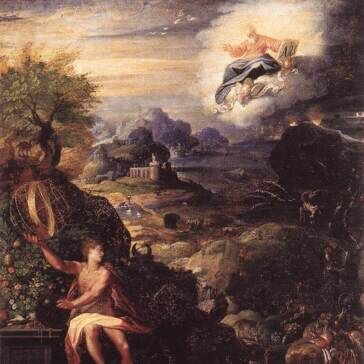
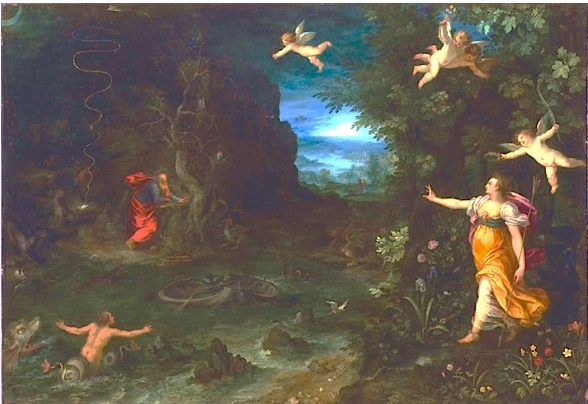
Artists associated:
Alfred Stieglitz, Julia Margaret Cameron, Hugo Henneberg, Frank Eugene, Clarence H. White, F Holland Day
Key works:
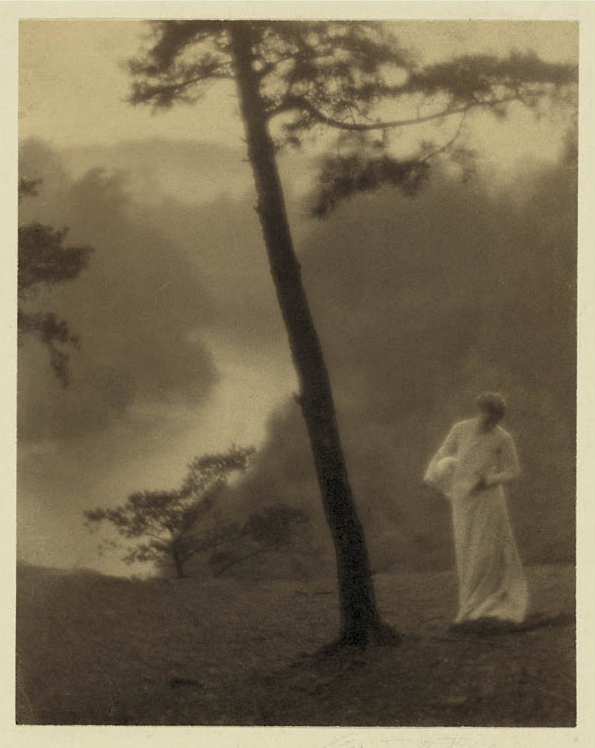
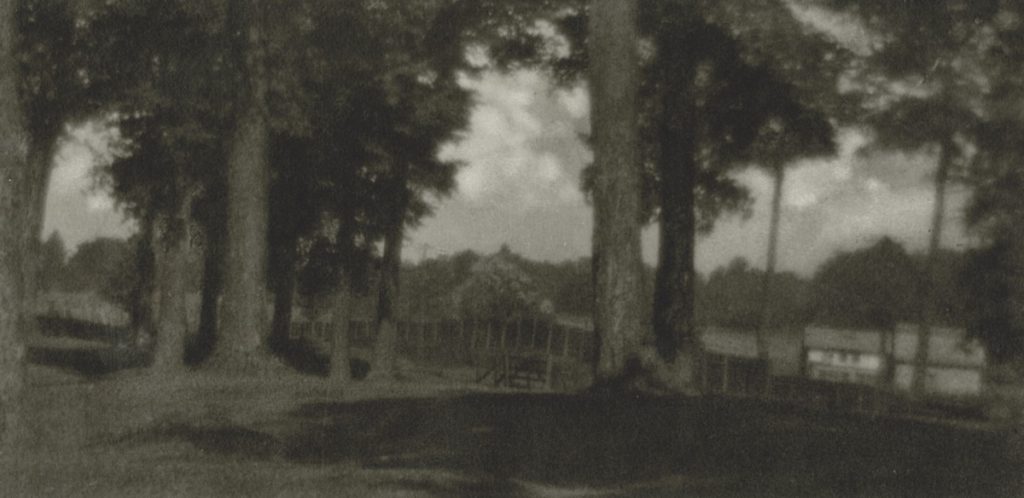


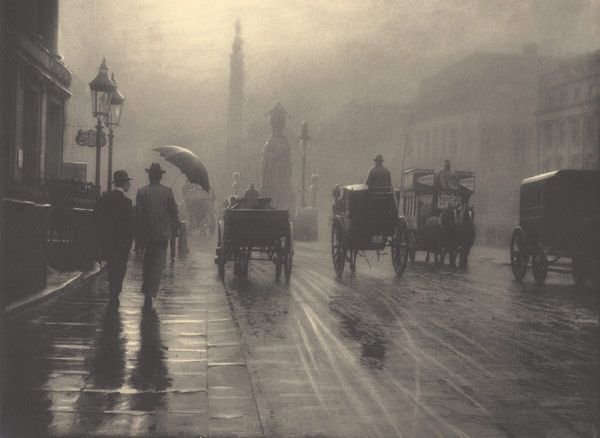
Methods/techniques/processes:
Scratching the negatives/plates, putting Vaseline on the lens and painted chemicals over the photograph were done to give the photographs colour/manipulate the tonality of the images, which gives it a closer link to traditional art. The idea that art is ‘handmade’ is also tended to by using these methods.
REALISM / STRAIGHT PHOTOGRAPHY
Time period:
1915 – Present
Key characteristics/conventions:
Not manipulating the images in the darkroom to create sharp, realistic, abstract images – linking to cubism. Abstraction was created at this time, Strand was inspired by cubism, Picasso/Brandt.
Influences:
People wanted to go back to the documentary side of which photography was made for. This led to cubism being implemented into photographs to create what is now known as abstract photography.

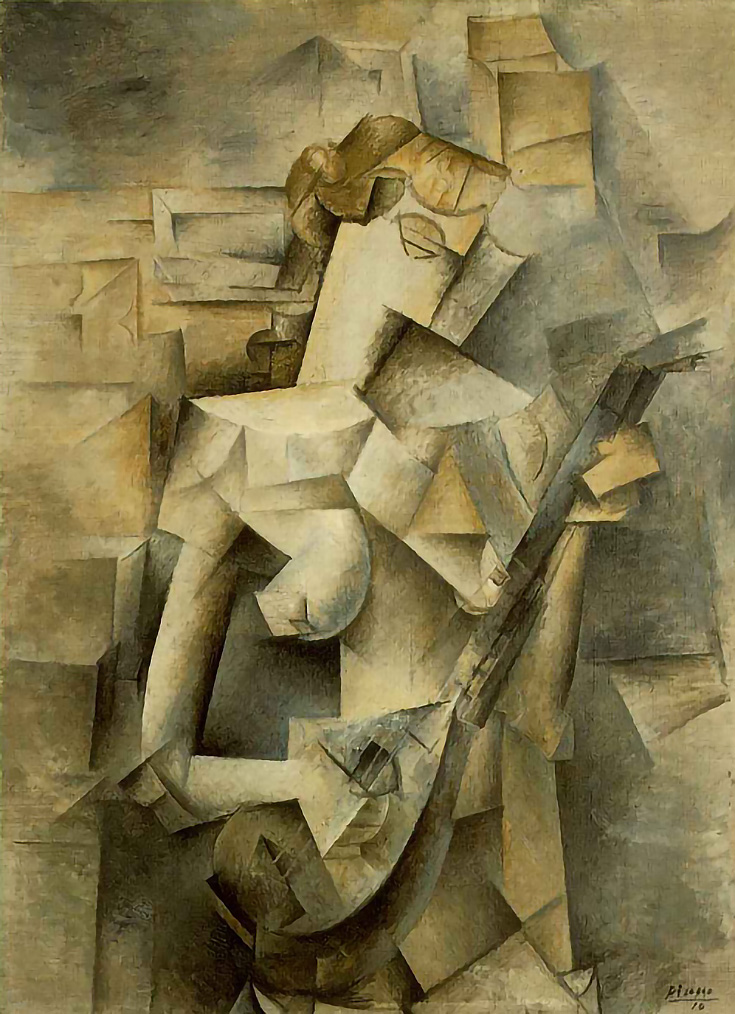


Artists associated:
Paul Strand, Edward Weston, Walker Evans, Ansel Adams, Alfred Steiglitz
Key works:
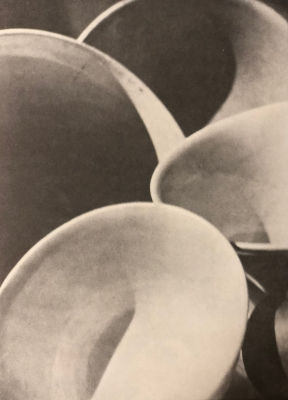
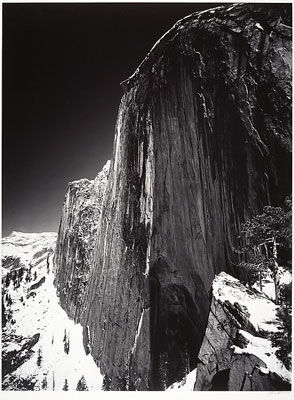
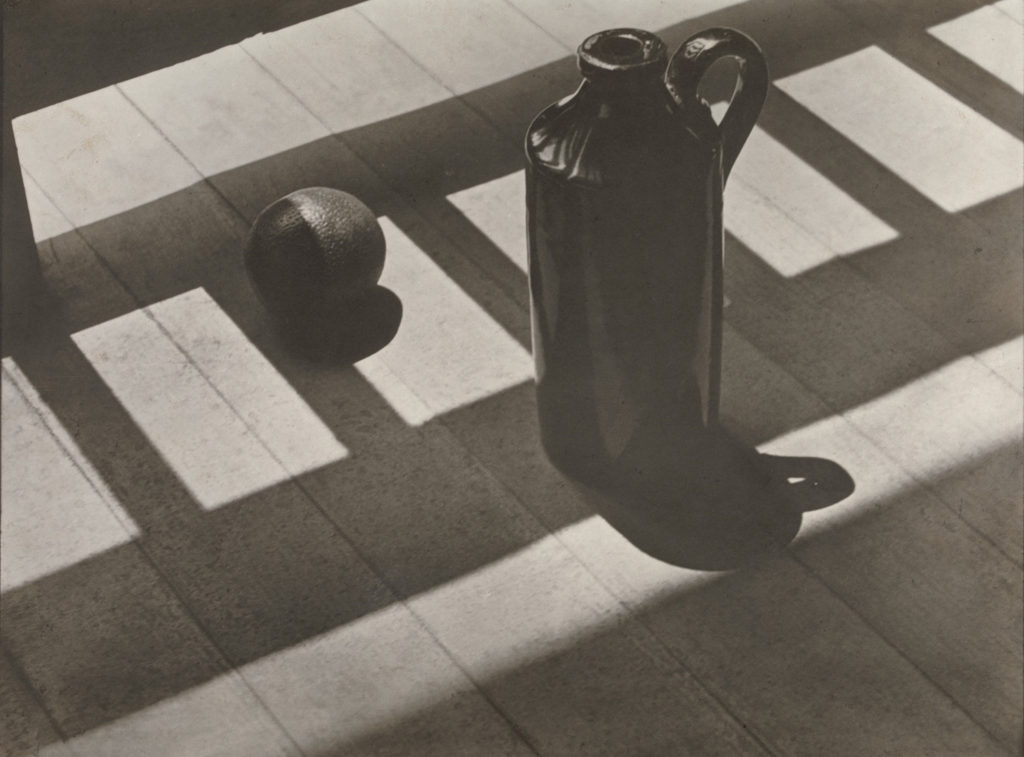
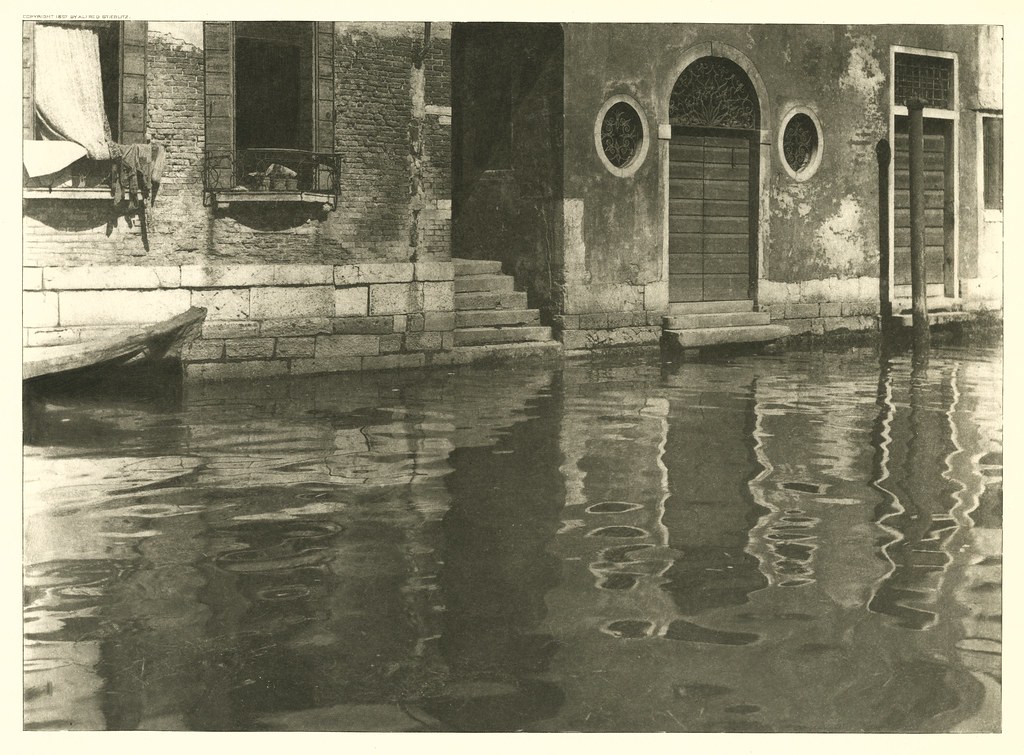
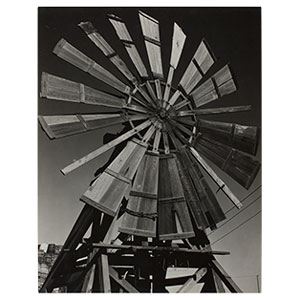
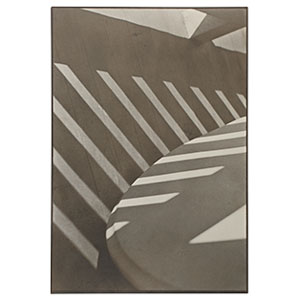
Methods/techniques/processes:
To produce sharp images with a lot of detail without manipulation – Returning to the documentary style that photography was originally intended for. They used the camera’s detail to record art in a way that traditional forms such as painting cannot.
MODERNISM
Time period:
Late 1800s to late 1900s
Key characteristics/conventions :
Modernism refers to the focus on the industrialisation and the new issues as opposed to traditional Victorian values in an effort to create something new and different from what was expected from art at the time. This often led to the images becoming abstract or surreal in an attempt to create something original.
Modernism focuses on the art itself and the artist’s technical ability to not only construct an image but to also evolve their own art forms to create something new and original. Object rather than subject and form rather than context.
Influences:
Cubism can be said to be an influence (as well as a product) of modernistic aesthetics. Artists like Picasso and Braque wanted to remove themselves from traditional art into something completely different – hence cubist paintings/art were produced by them and various other artist.
Montaging seemed to become very popular during the times of modernism as it allowed artists to further experiment with the mediums they chose, which led to their images being more modern aesthetically.
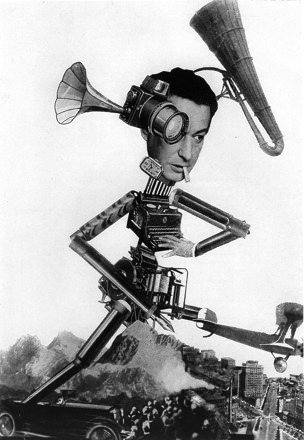
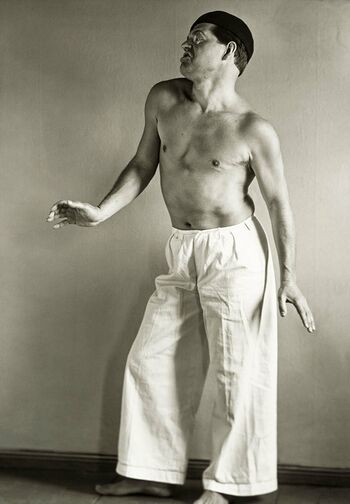

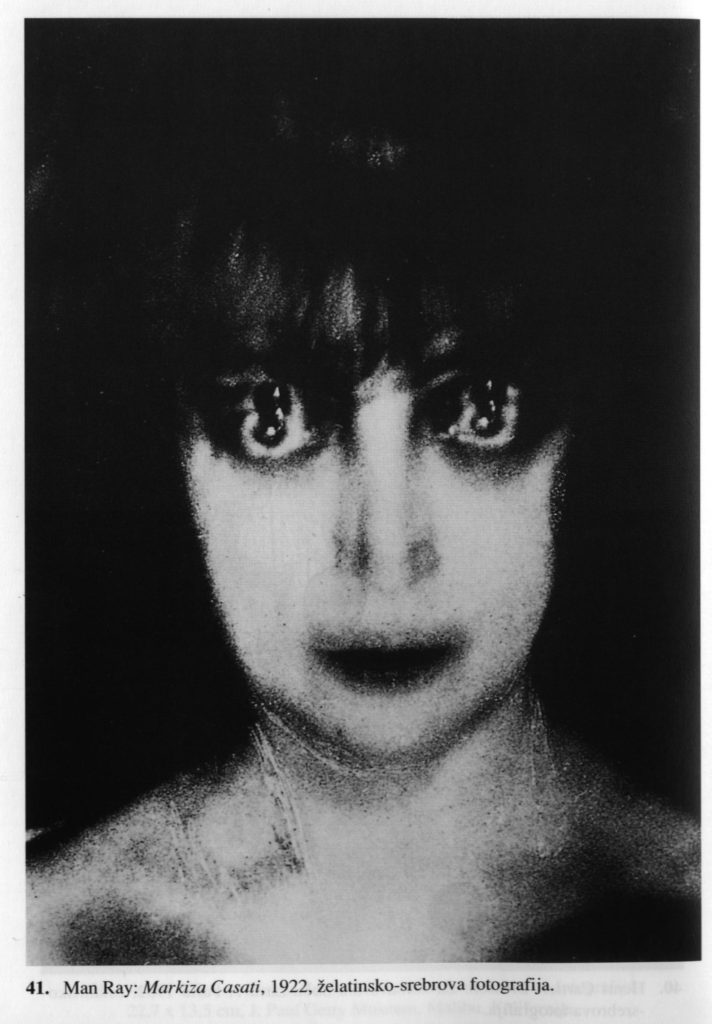
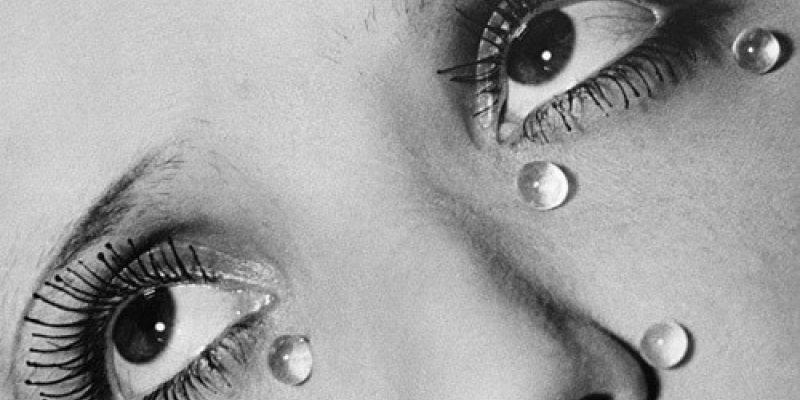
Artists associated:
Picasso, Paul Strand, Alfred Stieglitz, Man Ray, Claude Cahun, etc…
Key works:
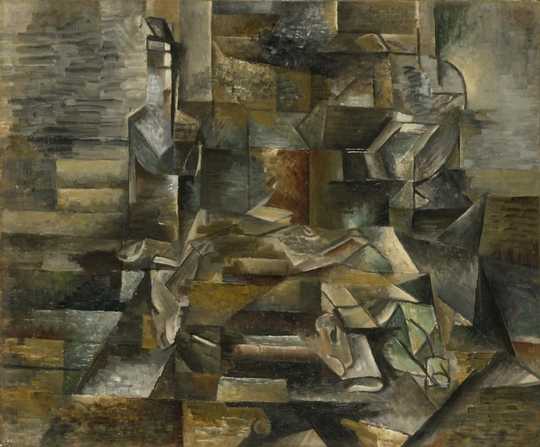


Methods/techniques/processes:
Photomontaging was used where parts of images (and other forms of media such as newspapers) were spliced and placed onto one big image. This seemed to give some images (such as the montage above) to have an urban, surreal and artificial feel. These montages also seemed to be a parody on media such as newspapers to give the photographs a political or social context.
POST-MODERNISM
Time period:
1970s – Present
Key characteristics/conventions :
Post-modernism focuses on themes outside of the art form and the art, bringing political, cultural, social, historical and physiological themes into the context of the artwork. Context of audience and subject reception is also key in post-modernistic art. Post-modern work makes references to previously hidden agendas within the art community, especially from art critics and museums.
Subject rather than object and context rather than form.
Influences:
Post-modernism is a response to modernism, while modernism focused on finding the ‘timeless masterpiece’, post-modernistic art aims to separate itself from the idea, creating something temporary, accessible and imperfect. This pedestalizes the idea of art being a form of expression as opposed to something cold and meaningless.
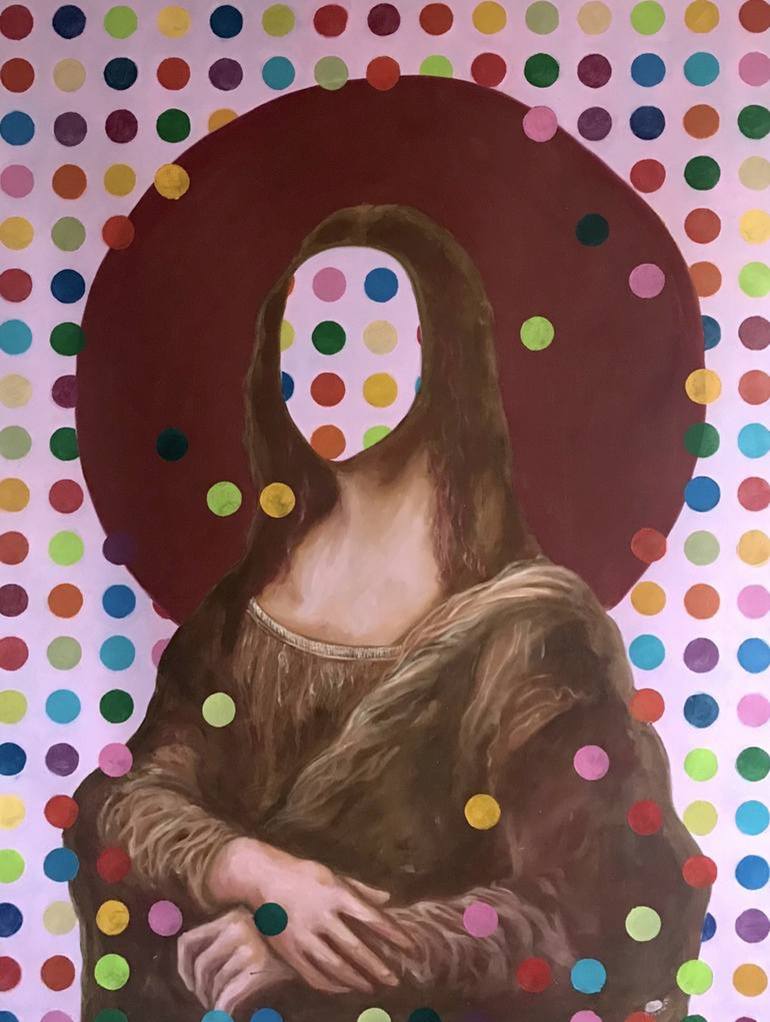

Artists associated:
Roy Lichtenstein, Andy Warhol, Cindy Sherman, Frank Gehry, etc…
Key works:
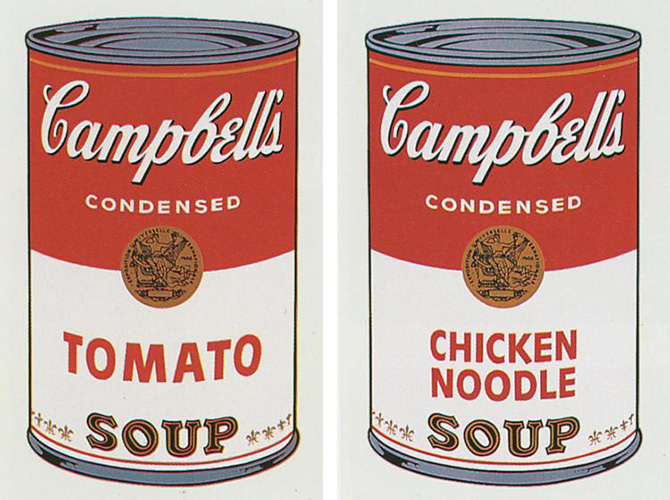
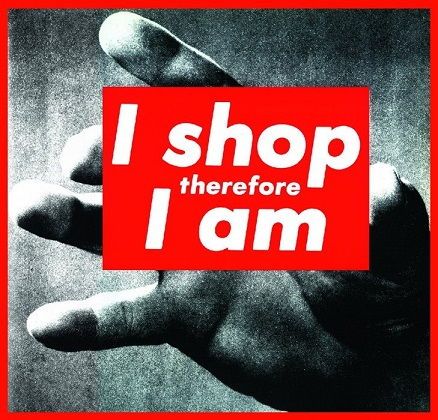
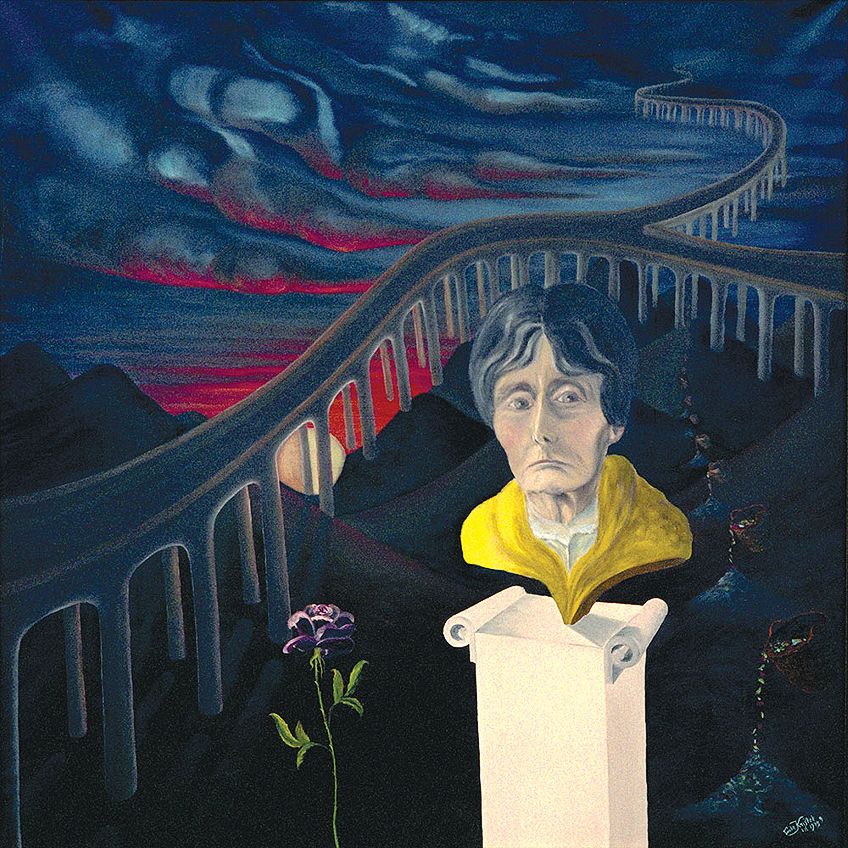
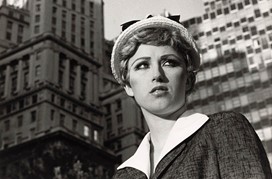
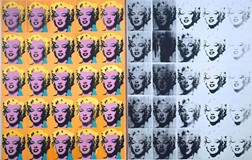
Methods/techniques/processes:
Post-modernism, due to its links to social contexts, incorporates many different techniques to achieve different imagery depending on the context, such as eclecticism, parody, collaboration, reconfiguration, recycling work, bricolage, among others.
